Download a comic strip template pack to inspire creative writing in your classroom!
Fuel Creativity With Blank Comic Book Templates for Kids
Zap! Zoom! Bang! These printable comic book templates were made to fuel your students’ creativity! The blank comic book templates include 10 pages, providing a perfect comic strip template for students to fill with their drawings and dialogue as they practice creating the elements of a story frame by frame.
The printable PDF template includes:
- 1 Comic book cover page
- 3 Pages of blank comic strip frames
- 3 Pages of blank comic strip frames with speech bubbles included
- 1 Page of blank comic speech bubbles
- 1 Page of pre-filled comic speech bubbles in color
- 1 Page of pre-filled comic speech bubbles in black and white
Mix and match the comic book elements to suit your year level and the activity! Younger students can create short comics with just three frames to represent the beginning, middle and end of a story, while older students can fill a whole book depicting key moments of a historical event or develop a more detailed story.
Download and Print Your Comic Strip Template PDF File!
This printable resource is available as a printable PDF resource file. To get your copy, simply click the download button! Print, copy, and you’re ready to go!
Even More Handy Writing Templates for Kids
Looking for more? Make sure you check out these amazing writing templates before you go!
[resource:5088213] [resource:5082168] [resource:5068400]
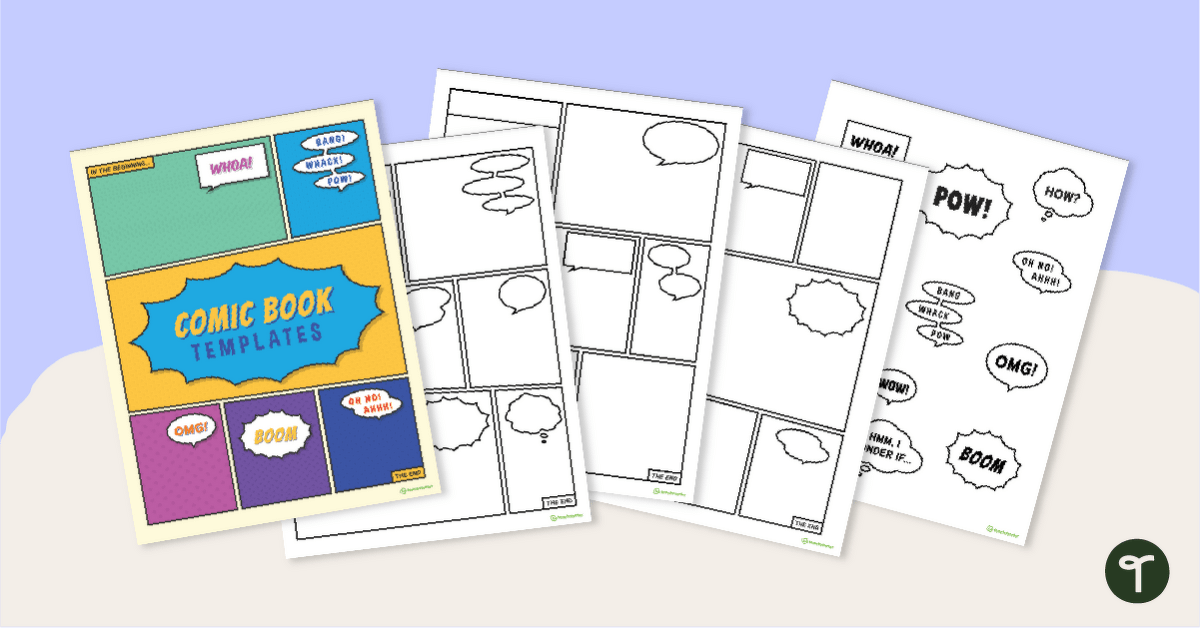

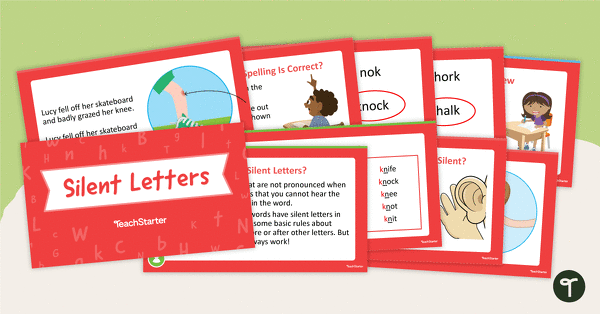
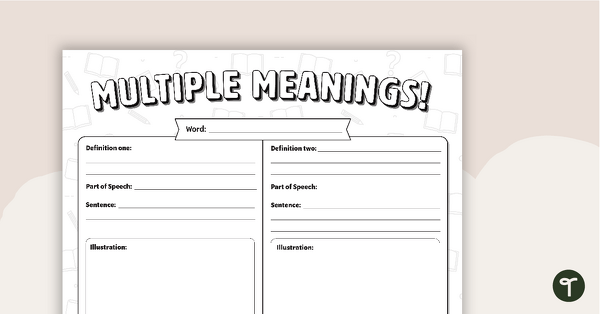
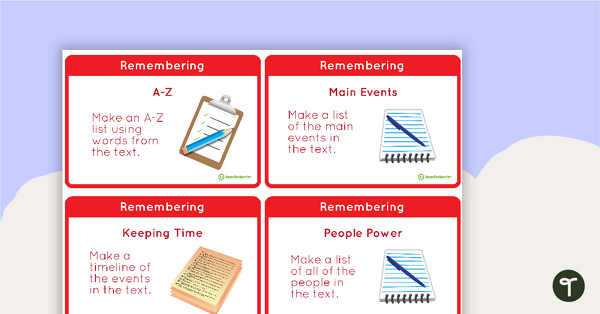
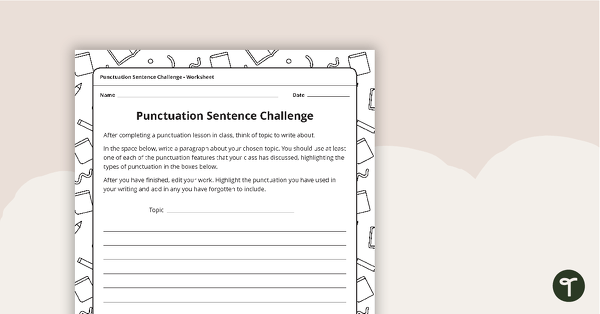
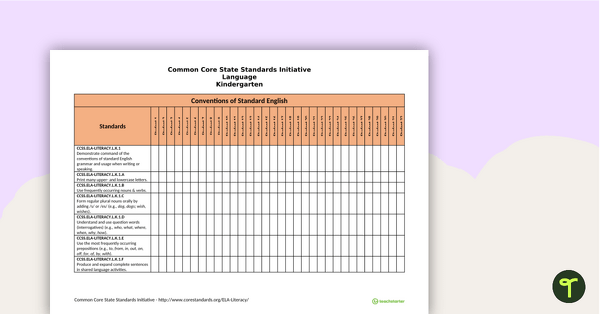
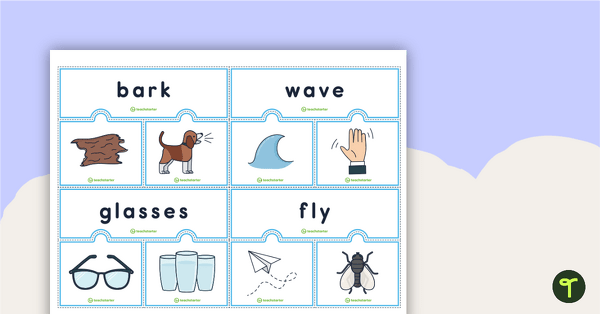
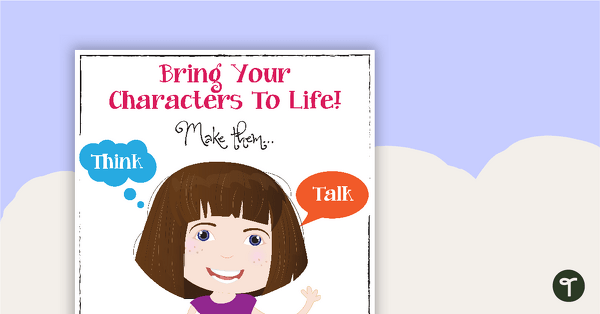
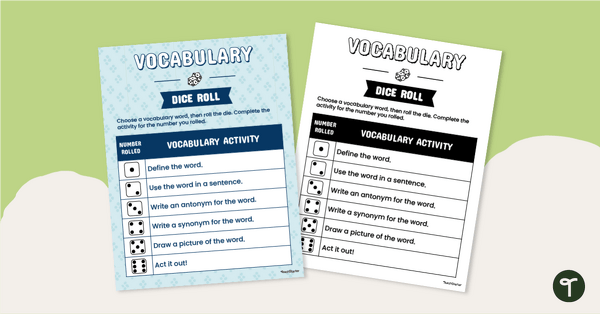
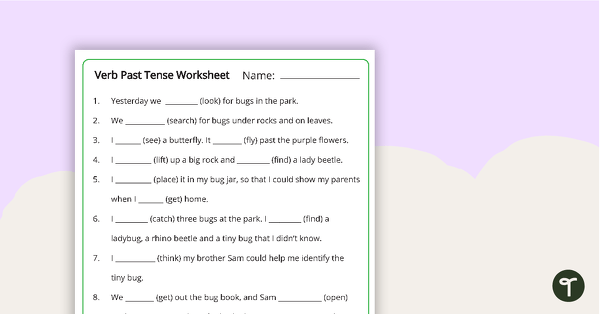
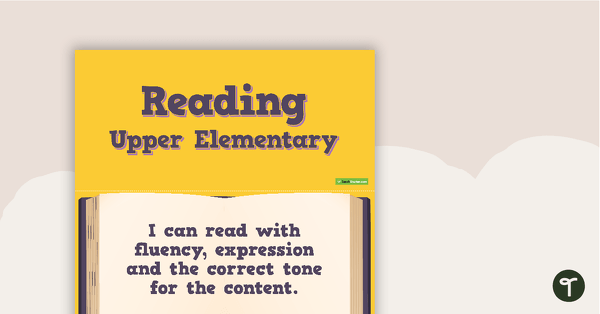
0 Comments
Write a review to help other teachers and parents like yourself. If you'd like to request a change to this resource, or report an error, select the corresponding tab above.